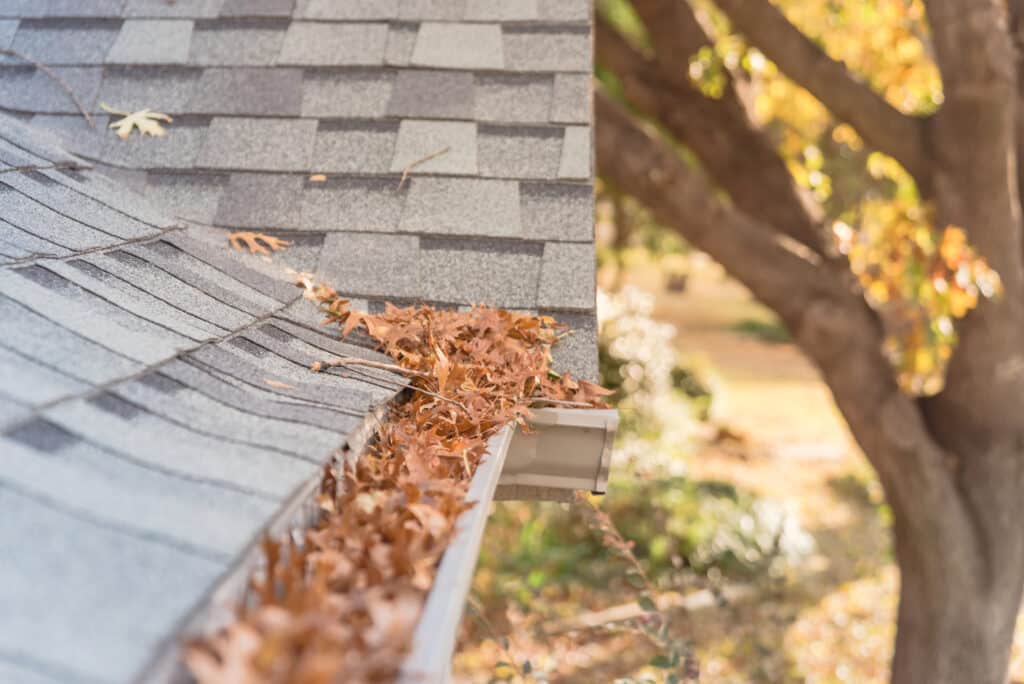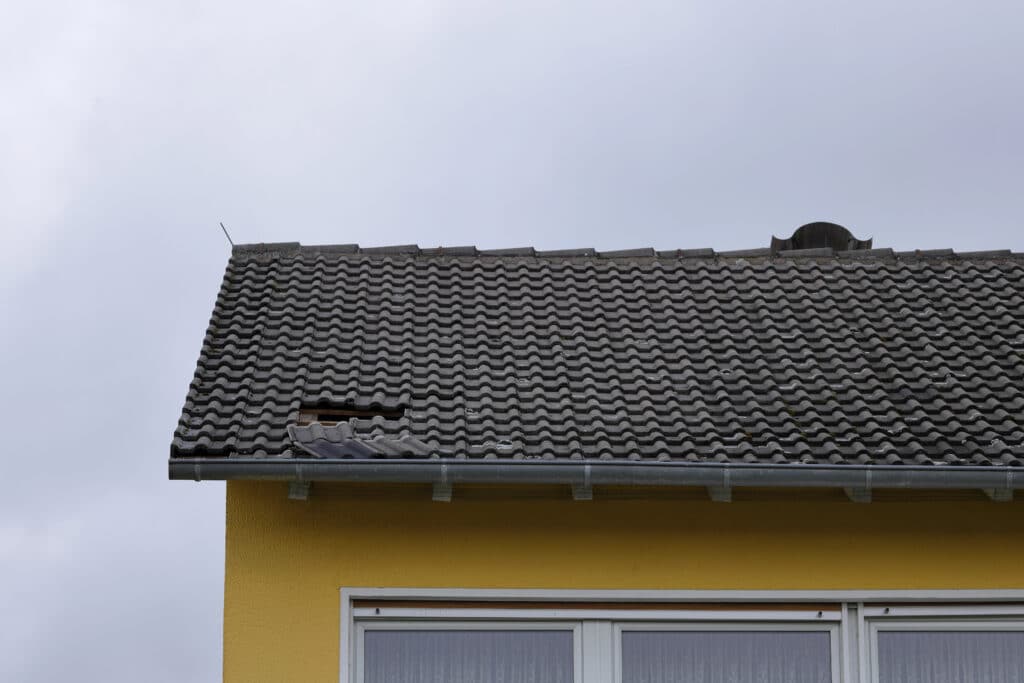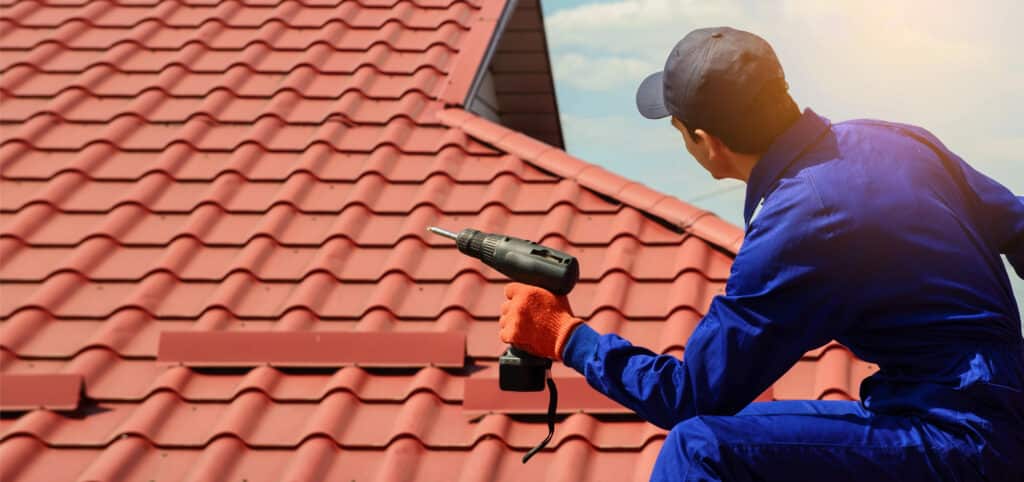You probably don’t think about your roof much—until it leaks, sags, or starts looking like it went three rounds with an Oklahoma storm. But here’s the thing: your roof is working overtime every day, and a regular professional inspection isn’t just smart, it’s your first line of defense.

Whether you’re prepping to sell, just moved in, or got spooked by that last hailstorm, a solid inspection can save you thousands down the line.
And if you’re already seeing signs of wear, it might be time to look into a trusted team for roof repair Oklahoma City OK. Catching problems early? That’s the cheat code to avoiding full-blown roofing drama.
Let’s break down what actually happens during a pro inspection—and why it matters.
First Impressions Matter (Even on Roofs)
Your inspector doesn’t just head up the ladder with a flashlight. They start with a walk-around. This exterior sweep checks for obvious red flags: missing shingles, clogged gutters, sagging lines, or anything that screams “help me.”
They’re basically scanning your roof like it’s a crime scene. Water stains on soffits, detached flashing, or warped drip edges? All clues. They’ll note anything that could turn into a major issue with the next big gust of wind.

Shingles, Flashing, and Friends
Once they’re up there, things get hands-on.
Expect the inspector to check:
- Shingle condition (cracked, curling, or gone entirely)
- Flashing around vents, chimneys, and skylights
- Sealant that’s drying out or failing
- Nail pops or soft spots
Translation: they’re looking for weak links. Oklahoma’s weather doesn’t play fair, and your roof takes the hits. This part of the inspection is all about seeing how well it’s holding the line.
The Hidden Stuff: Attic Inspection
A good inspector won’t stop at surface-level. They’ll want a peek inside your attic too.
Here’s what they’re checking:
- Proper ventilation (because trapped heat = shorter roof life)
- Insulation levels
- Moisture, mold, or water stains
- Light peeking through where it shouldn’t
If water’s sneaking in, your attic is where it leaves the evidence. Think of this as the roof’s tell-all diary.
Gutter Talk: More Important Than You Think

Gutters aren’t just there to catch leaves. They’re part of your roof’s drainage system—and when they’re clogged, rusted, or sloped wrong, things go downhill fast (literally).
Your inspector will check:
- Debris buildup
- Sagging or separation from the fascia
- Downspouts doing their job (or not)
Poor drainage can cause leaks, foundation damage, and that gross green stuff creeping up your siding. If your gutters are failing, your roof’s crying on the inside.
Storm Damage: Not Always Obvious
Living in Oklahoma means you’ve probably seen your share of hail, high winds, and biblical-level downpours. But not all storm damage shows up like a horror movie.
Inspectors look for:
- Granule loss on shingles (the gritty stuff that protects them)
- Dents in metal flashing or vents
- Impact marks or cracked tiles
Sometimes, the damage is so subtle you’d never know until a leak shows up a few weeks later. A pro knows where to look—and how to tell if that last storm left a mark.

The Report: What You’ll Walk Away With
After the inspection, you’ll get a detailed report. This isn’t just a checklist—it’s your roadmap.
Expect to see:
- Photos of any issues
- Recommended fixes (urgent vs. “keep an eye on it”)
- A general condition summary
- Repair or replacement suggestions, if needed
It’s basically a health check for your roof. Use it to plan next steps, budget for repairs, or just sleep better at night knowing everything’s in good shape.
How Often Should You Get a Roof Inspection?
Here’s the short answer: at least once a year.
Here’s the real talk: if you’ve had a big storm, spot a leak, or your roof’s over 10 years old, don’t wait. Annual inspections help catch small problems before they become big, expensive ones.
It’s like going to the dentist. Nobody loves it, but skipping it? That’s how things rot.

What If They Find Something?
Don’t panic. Most of the time, inspectors are flagging stuff that’s easy to fix—loose shingles, minor flashing repairs, maybe a gutter tune-up. If they do uncover something major, that’s still a win. You caught it before your living room turned into a waterfall feature.
Good inspectors won’t push you into work you don’t need. They’ll walk you through the findings and give you time to decide on the next steps.
Choosing the Right Roofing Pros
Now, if that report shows you need more than a few tweaks, finding the right crew matters. Don’t just pick the first name that shows up on Google.
Here’s what to look for:
- Local experience (Oklahoma weather is its own beast)
- Proper licensing and insurance
- Solid reviews and real referrals
Transparent pricing
Shady roofers love storm season. Work with a team that treats your home like it’s their own, not just another job ticket.
Quick Tips Before Your Inspection
Want to make your inspector’s job smoother? Here’s what you can do:
- Clear debris from the roof and gutters if it’s safe
- Move vehicles or patio furniture for easy ladder access
- Be home, or arrange attic access ahead of time
Little things go a long way in getting the most out of your inspection. Bonus: it shows you care about your home (and makes you look like you’ve got your life together).

Final Word: Don’t Sleep on Your Roof
Your roof does more than just sit pretty. It shields everything you own from the chaos outside. A professional inspection isn’t just a “nice-to-have”—it’s part of being a responsible homeowner, especially in a state where weather doesn’t mess around.
So don’t wait for a leak to tell you something’s wrong. Be proactive, stay ahead, and treat your roof like the MVP it is.
FAQ
Why is regular roof inspection important for homeowners?
Regular roof inspections help identify small problems early, preventing costly repairs and ensuring your roof remains in good condition to protect your home.
What does a professional roof inspector check during an inspection?
A professional inspector conducts a walk-around, checks shingles, flashing, sealant, nails, and soft spots, and inspects the attic for moisture, ventilation, and insulation issues.
How can I prepare for a roof inspection?
To prepare, clear debris from the roof and gutters, move vehicles or furniture for ladder access, and be available or arrange attic access for the inspector.
- 0shares
- Facebook0
- Pinterest0
- Twitter0
- Reddit0













